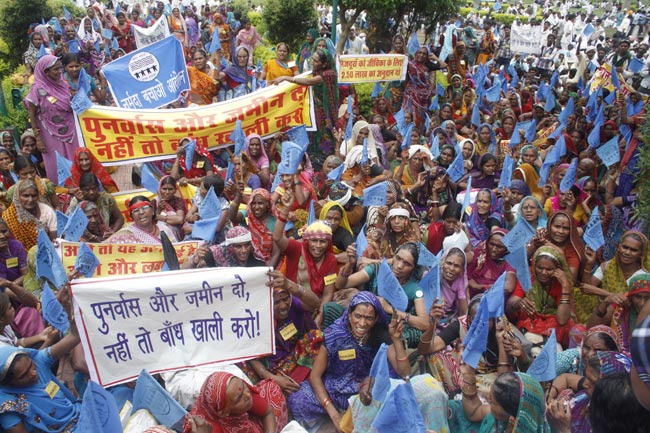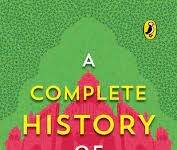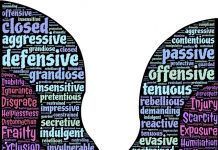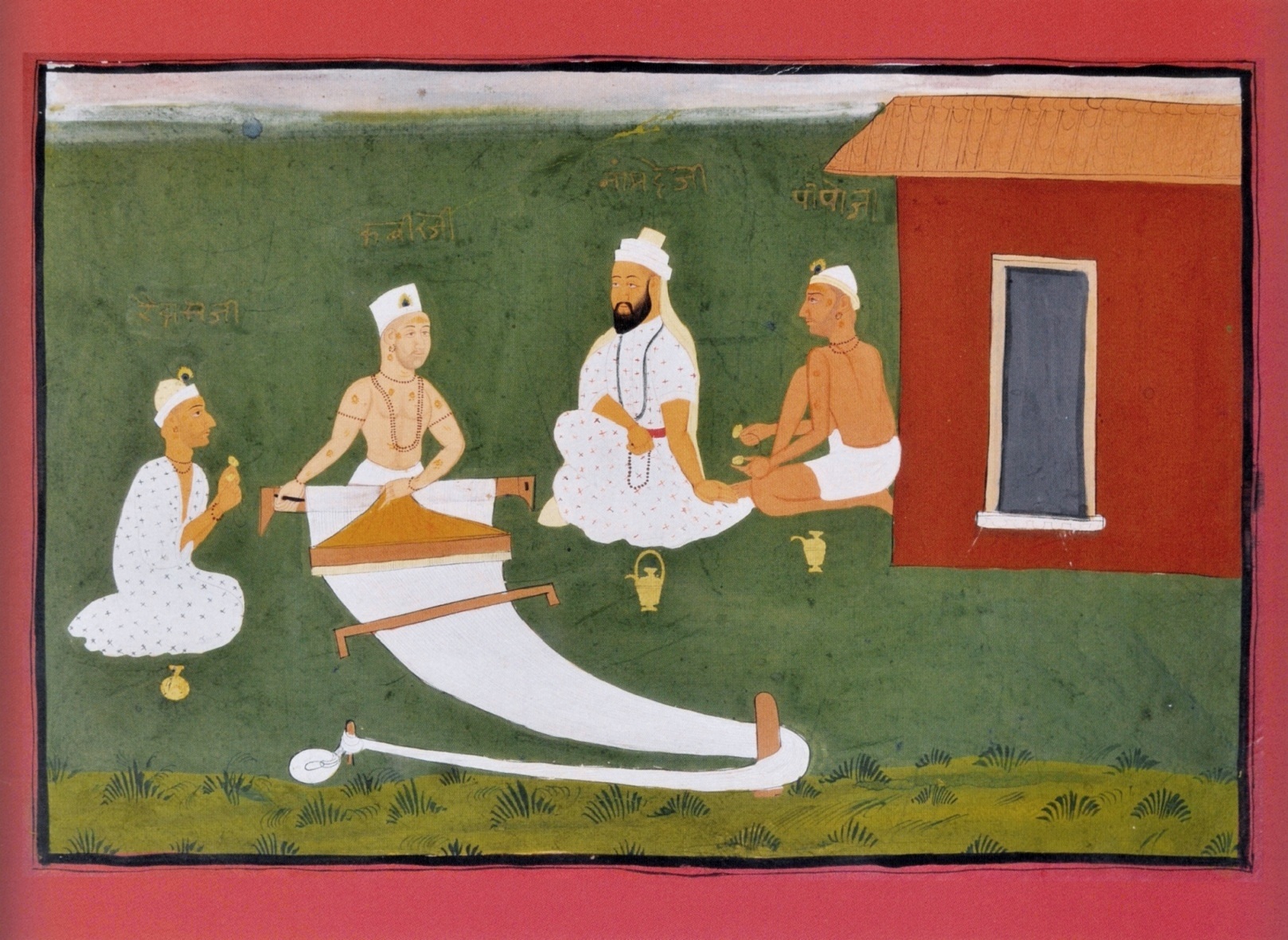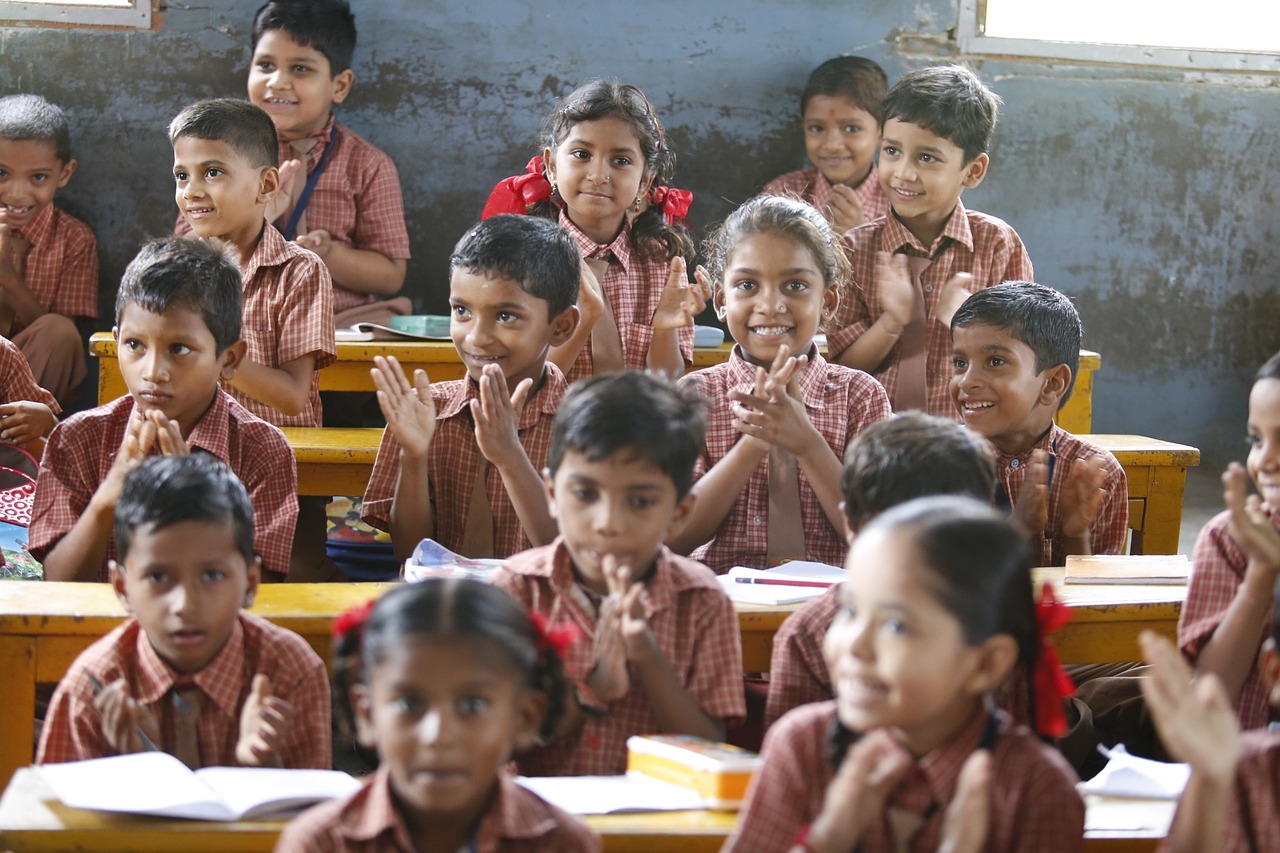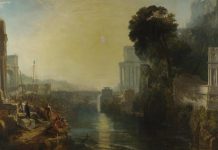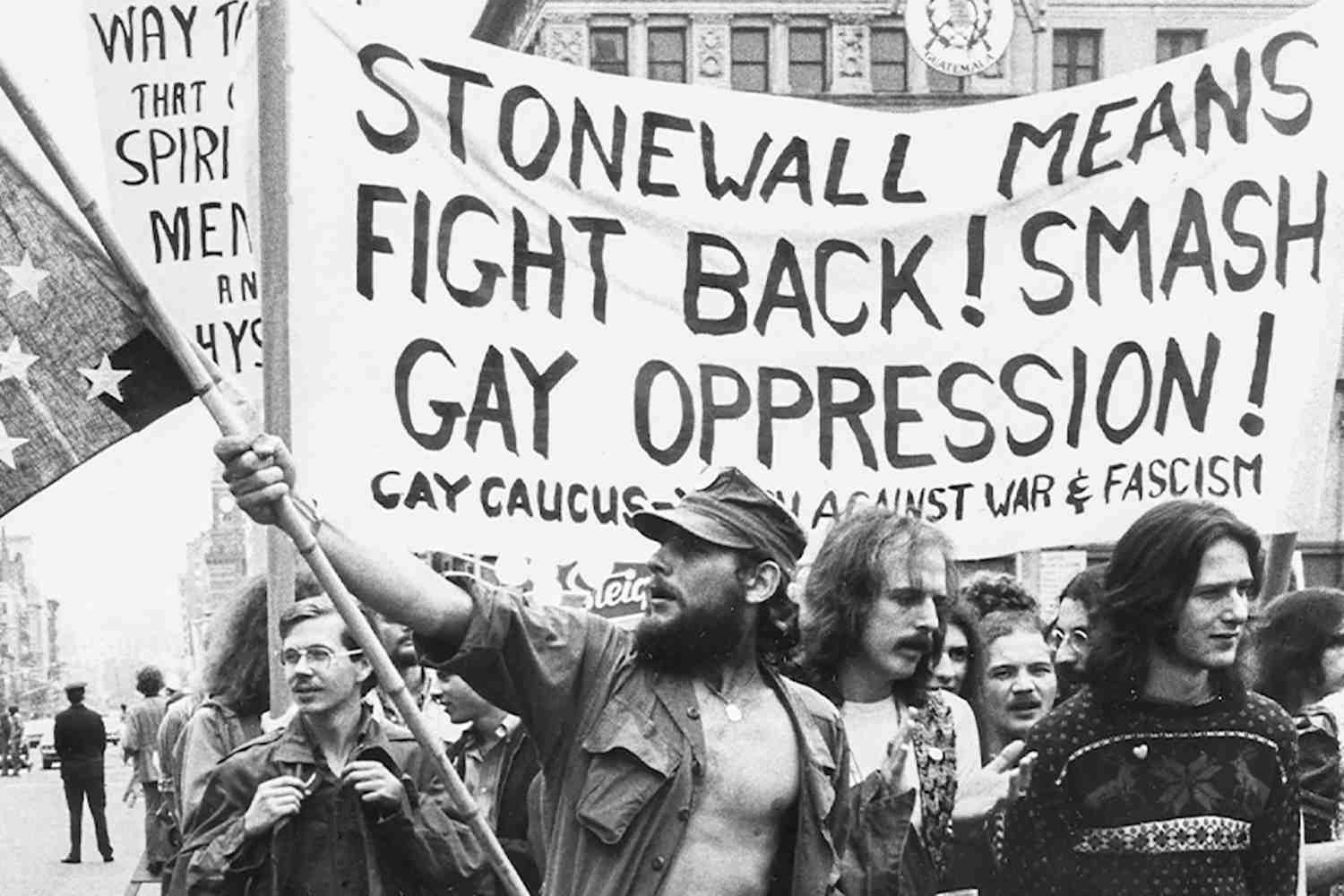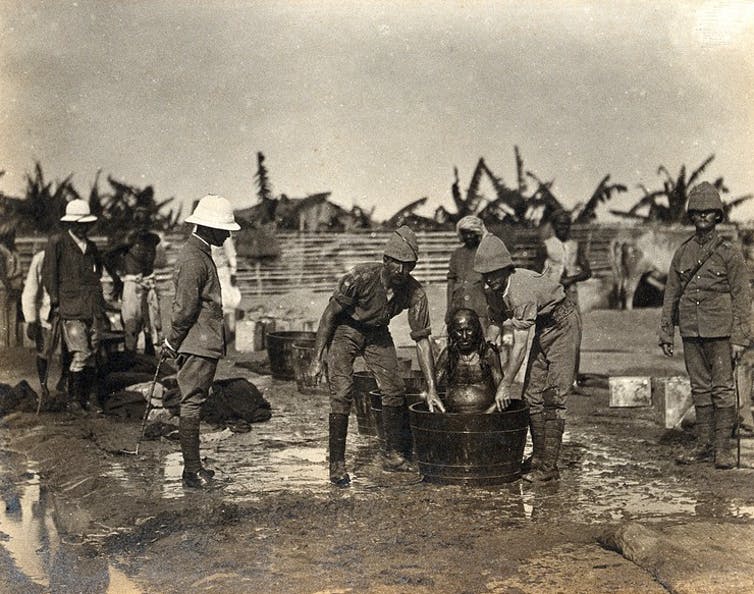Here is an article that explores the possibility of critical pedagogy: a mode of teaching-learning that makes social science reflexive, illuminating and life enriching.
Nivedita Dwivedi is currently working with the Reserve Bank of India.
A salient characteristic of the Indian education system from the very beginning has been its being dominated by the dominant narrative and perspective, without giving much space to alternative perspectives. For instance, even while recounting the growth and development of history education, Uma Chakravarty recalls, ‘The brahmanical texts were the main sources for whatever passed by way of religion, culture and society in ‘ancient’ India, and there was little attention to alternative traditions and ways of looking at history’ (Chakravarty). Similarly, civics education has traditionally been about developing of a ‘good citizen’ and has had no place for inclusion of any other alternative perspective. As has been discussed by Alex George, ‘citizenship education perspective’ has been the dominant one in the Civics discourse throughout (George). Post-independence, the system has been modelled on the education system proposed by Macaulay in his ‘Macaulay’s Minute’ (Macaulay). It has promoted rote learning and memorization rather than conceptual thinking, holistic understanding and logical reasoning.
The teaching-learning of social science in schools is one such area, among others, that has focused on memorization of facts (in history), of phenomena (in Geography) and of structures and systems (in Civics), rather than developing a holistic understanding of the world and the people that inhabit that world, and their inter-relationship.
The above-mentioned limitations in social science teaching-learning have not gone completely unnoticed. Certain organizations like Eklavya in Madhya Pradesh and Avehi Abacus in Maharashtra, have made commendable efforts in addressing these lacunae through curricular interventions. The National Curricular Framework, 2005, and the National Focus Group on Teaching of Social Sciences, made path-breaking recommendations, which led to a radical change in the social science curricula at the national level. The National Focus Group on teaching of Social Sciences explains in detail the expectations from social science curriculum and pedagogy (National Focus Group on Teaching of Social Science, 2005). The NCF, 2005 has shifted the aim of social science teaching and learning from a utilitarian perspective to enabling education for social justice. It divests the social sciences with a huge responsibility, that of ‘creating and widening the base for human values, namely freedom, trust, mutual respect, respect for diversity etc.’ (National Focus Group on Teaching of Social Science, 2005). All of the above is possible only if curricular and pedagogical aims of social science education are to develop a critical thinking ability in the learners, who are able to appreciate the inherent and natural diversity in society. The learners need to be able to look at varied perspectives, critically think and reflect on the same, form their individual opinions and also respect the existence of a variety of opinions. They should be able to generate ideas and also put them to rigorous test through debates, discussions etc., in the process leading to the growth and development of the entire society.
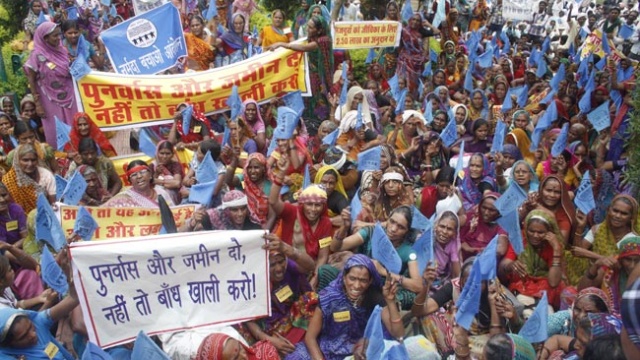
Through the churning of ideas. In his article titled ‘What is worth teaching’, Krishna Kumar argues that curriculum design needs to be a deliberative process. He rightly states, ‘curriculum deliberation is a social dialogue – the wider its reach, the stronger its grasp of the social conditions in which education is to function’ (Kumar). He further argues for the greatest possible participation of teachers in this deliberative process, if teachinglearning is to be a meaningful process. Although the role of curriculum in attaining the desired aims of education has been sufficiently emphasized in literature, the role of pedagogy has comparatively been underestimated. Most of the times, it has been assumed that though teachers had an important role to play in the success or failure of curricula to achieve their goals, yet good/excellent curricula could somehow take care of these aspects, and these differences could be ignored in the overall scheme of things.
In this article, thus, here onwards, I would like to highlight the role of classroom pedagogy in teaching of social science/ political science, in order to achieve the desirable aims for social science teaching-learning as accepted by the National Curricular Framework, 2005. We shall focus here on the particular case of social science teaching-learning in schools.
The teachers in the classroom environment may have to administer either of the two types of curricula. In the first case, the curriculum may be based on the traditional understanding of teaching-learning as facilitating rote memorization of absolutely established facts that cannot be questioned. In the second case, the curriculum may be designed to facilitate a holistic learning experience among children, instil in them critical thinking abilities and a deep sense and spirit of enquiry and promote human values of social justice, trust, mutual respect, freedom, respect towards diversity etc. It is pretty clear that in the second case, the curriculum itself would be a very able guide for the teachers on the path to achieve the desired aims of teaching-learning. As an illustration, I had the opportunity of observing the transaction of one such curriculum, the
‘Sangati’ curriculum, developed by the Avehi Abacus Organization, in Maharashtra.

The Avehi Abacus project has been working with municipal schools and non-formal education centers in Mumbai and outside since 1990. ‘Sangati’ is a three-year supplementary curriculum designed for the students of Classes V to VII. It is in the form of six kits, designed to be transacted in all the municipal schools of Mumbai. This three-year supplementary curriculum has been envisaged with a vision to fulfil the objectives of education, to ‘equip children with the knowledge and skills that they will need to face the world, to build values that will help them take care of themselves and contribute to the society they live in and to bring about a positive change in individuals and society’ (Avehi Abacus Project, 2001). The curriculum itself contains innovative and interesting activities, discussions, questions etc., through which social science teachinglearning could be made particularly relevant, interesting, and meaningful in the classroom space. As an example, the third kit, namely ‘How Societies Developed’, attempts to tell a brief history of the human civilization, the major milestones that have shaped history and that our crucial to an understanding of the world. The entire kit is tied together by three fictional characters, Nanaji, Saeeda and Kabir, and through the use of flip-charts. Another device called the ‘Calendar of the Past’ has been introduced that has to be used to sum up each session, so that by the end of the kit, students have ‘a broad idea of the main developments over the last 10,000 years of human history’. An important aspect of the way history has been treated in this kit is by not telling it as indisputable facts, rather by giving perspectives. This way, it helps students understand the positives and negatives of everything and also helps them realize that in life, as in society, everything has two sides to it, and it is important to understand both, e.g, whereas the discussion on industrial revolution talks about the benefits it accrued, it also discusses its negative impacts like the deterioration in the work environments, the growth of colonialism etc. The other case can be when the curriculum fails to provide any such favorable support to the teachers. In such a case too, teachers can, of their own volition, induce meaning, interest and relevance in the teaching-learning space. This can be done through various means, some of which I now want to highlight. The first and foremost prerequisite for this, however, is the internalization of the actual aims of education by the teacher. If she herself is convinced of the role of education in building a wholesome, well-rounded personality in an individual, who is not afraid to think, analyze and question, she can then ensure the nurturing of such spirit in the students she interacts with.
The second prerequisite is for her to understand that textbooks are not the only form and means of gaining knowledge, but are only one of the means. She can then reduce her dependence on the textbooks and use various other innovative and engaging means of conducting her sessions. Taking the specific case of teaching of social sciences, for example, teaching of history may not be limited to only imparting some facts to the students that cannot be disputed or questioned, and expecting the students to memorize these.
![]()
History may not be limited to only imparting some facts to the students that cannot be disputed or questioned, and expecting the students to memorize these. History can be made much more engaging by presenting the various perspectives related to an event or a person to a student.
History can be made much more engaging by presenting the various perspectives related to an event or a person to a student. In order to do this, apart from the textbooks, students may be encouraged to refer to various other writings on a particular issue, and then form a holistic perspective of things. For instance, a discussion on Partition of India, may not be simplified to a set of a few isolated events that happened in particular years. Or for that matter, one single individual may not be singled out as being responsible for this event. Rather, various sources need to be used to try and make sense of the fact that how two communities that had lived in harmony with each-other since ages, turned into sworn enemies of each-other, resulting in the inexplicable madness that ensued. This would require the students to engage with various sources like historical novels, autobiographies and biographies of various people, personal histories, films or TV shows dealing with this issue, etc. The recently published book, Mr. and Mrs. Jinnah (by Sheela Reddy), for example could be a good source to try and better understand the life and times of Jinnah, and get an alternate perspective on the man. Similarly, for example, if the working of the State is to be discussed, it is not enough to explain the structure and functions of the Legislature, the Executive, and the Judiciary etc. Innovative means may be used to understand how these organs and their officials may be working at the ground level. For instance, the TV show Yes Minister provides an enthralling account of the functioning of British bureaucracy and ministers (it may be replicated in the Indian conditions). Such sources can be used to provide at least a hint of insight into the actual political functioning. For any system of education to be beneficial to the society even in the smallest of senses, it is imperative that it create in the individuals a love and respect for attaining knowledge, understanding the world around them and the immense diversity that exists in it and an ability to live in harmony with that diversity, at the same time, leave a personal imprint on the annals of history. The domain of social sciences are in the most advantageous of positions to help nurture such individuals.
Teachers needs to be acknowledged for the immense potential and responsibility that is bestowed on them, as they are one of the major means for accomplishing this goal. They need to be provided with all the intellectual freedom, requisite help through trainings etc. and be recognized as ‘transformative intellectuals’ (Giroux, 2004), for their role in shaping the future of the society.
References
Avehi Abacus Project. (2001). Dear Teacher…. Myself, My Body, Our Needs : Sangati Kit I. Mumbai, Maharashtra: Avehi Abacus Project.
Chakravarty, U. (n.d.). History as Practice: Introduction. In U. Chakravarty, Everyday Lives, Everyday Histories: Beyond the Kings and Brahmans of ‘Ancient’ India.
George, A. (n.d.). Childrens’ Perceptions of sarkar: The Fallacies of Civics Teaching. Giroux, H. (2004).
Teachers as Transformative Intellectuals. In Canestrari, & A. (eds), Educational Foundation: An Anthology of Critical Readings (pp. 205212). Thousand Oaks: Sage Publications.
Kumar, K. (n.d.). Full text of “What is Worth Teaching – Krishna Kumar”. Retrieved from archive.org: https://archive.org/stream/ WhatIsWorthTeaching-KrishnaKumar_434/ worthteaching_djvu.txt Macaulay. (n.d.).
Minute by the Hon’ble T. B. Macaulay, dated the 2nd February 1835. Retrieved from www.columbia.edu: http://www.columbia.edu/ itc/mealac/pritchett/00generallinks/macaulay/ txt_minute_education_1835.html National Focus Group on Teaching of Social Science. (2005). National Focus Group on Teaching of Social Sciences.
This article is published in The New Leam, JUNE 2017 Issue( Vol .3 No.25) and available in print version. To buy contact us or write at thenewleam@gmail.com

